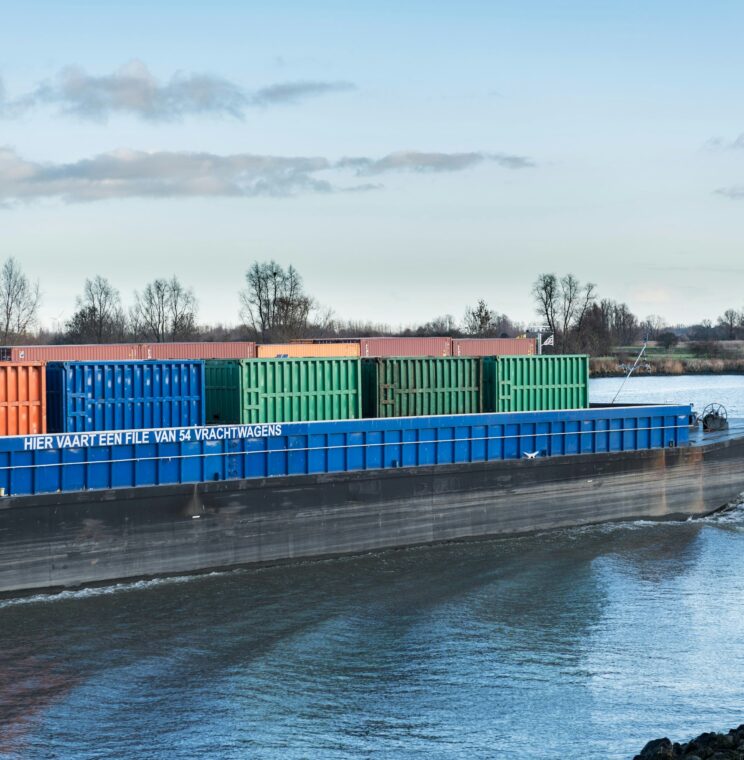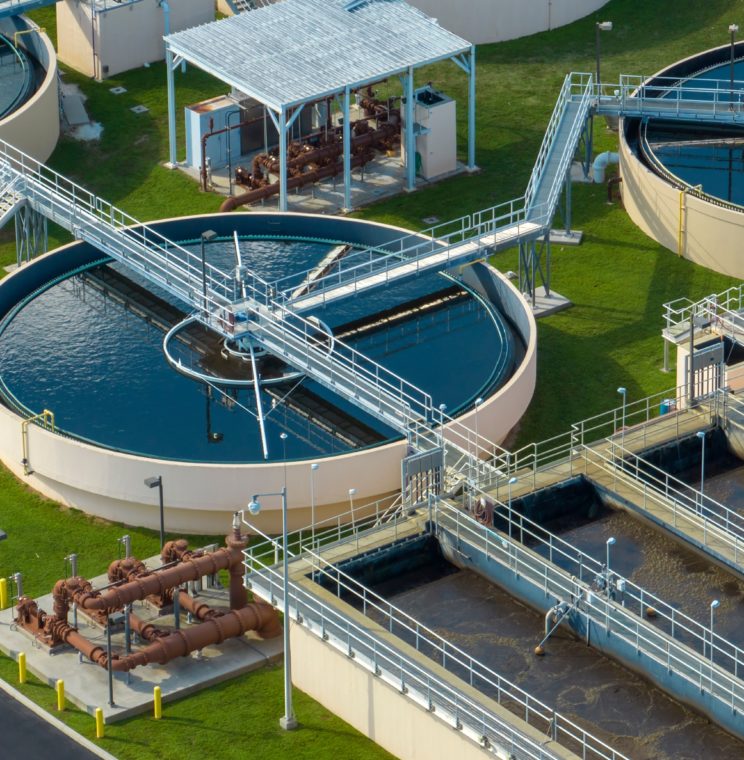Economic effects Smart Shipping
Automated and autonomous systems are increasingly finding application in society. So too in the world of freight transport and inland navigation. Further automated or autonomous shipping can solve bottlenecks in the inland shipping sector, such as staff shortages, and improve its competitive position, compared to other modes.
Background
This study looked at the extent to which automated and autonomous sailing was applied in the inland navigation sector by 2020. It looked at which activities are already automated, which could be automated in the short term and which activities still require a lot of research. These could include autonomous sailing on a straight waterway, whether or not a vessel could be moored autonomously, and entering and leaving a lock.
Based on the analysis, three possible development paths have been outlined. Each development path took into account three aspects, namely:
- The investments required both by the inland waterway operators themselves (what will it cost to purchase a particular technology) and by the government (what needs to be done to optimally equip quays, bridges and locks for autonomous vessels)
- The presence of the necessary smart shipping technologies. This involves not only whether the technologies exist, but also how readily available they are
- The effect on the inland shipping entrepreneur’s business. In other words, what will the (substantial) investment ultimately yield?
For each development path, it was then determined how many vessels will switch to some form of automatic or autonomous sailing. The costs and benefits for the inland shipping entrepreneur were listed and the costs and benefits for society as a whole were determined. Explicit attention has been paid to the possible impact on the Dutch shipbuilding industry. To what extent does this industry benefit from the development, sale and installation of such technologies.
Key findings
The study showed that each of the three development paths has potential. In all paths, the benefits exceed the costs. However, the government needs to invest substantially more to enable far-reaching forms of smart shipping.
The effects for the Dutch shipbuilding sector seem limited for the time being. Although a slight increase in the number of manpower needed to develop and install all technologies is required, the increase will remain limited.
It is expected that as a result of an efficiency battle in the inland shipping sector, reduced operating costs will lead to a small modal shift. Part of the cargo currently transported by axle will, as a result of smart shipping, be transported partly by ship.
As a result of smart shipping applications, the inland shipping sector will become less labour-intensive and the number of people on board will decrease. This leads to lower costs for skippers (and probably also for shippers) to transport cargo. Moreover, less fuel is needed to transport cargo, leading to lower emissions of greenhouse gases and other air pollutants.
Want to know more? Read our full report.

3 July 2025
2 minute read
Sectors
Key Experts
Charlotte Lucas
Consultant
Linette de Swart
Principal Consultant



